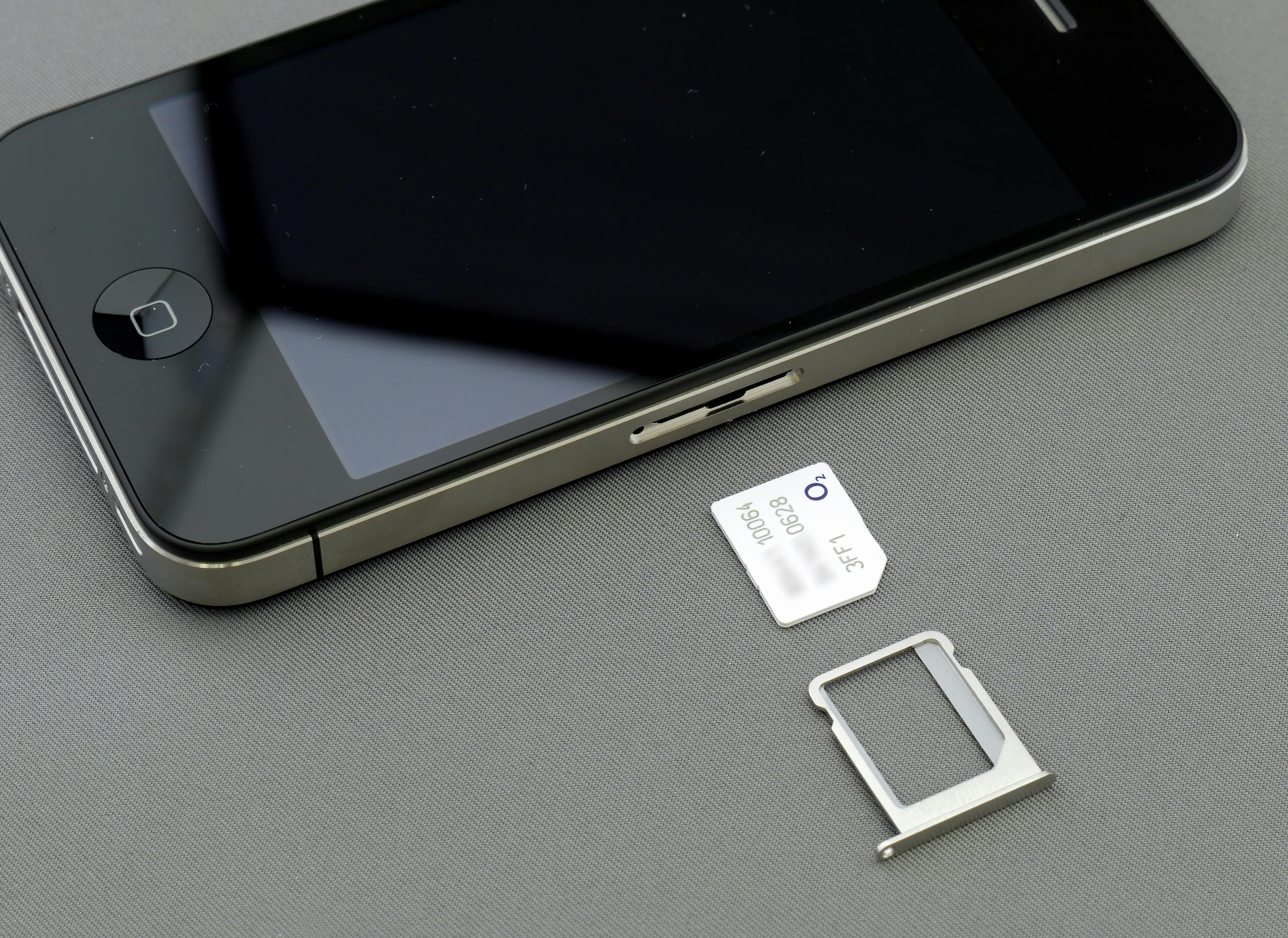Neuralink’s first human patient, Noland Arbaugh, says he’s experienced no side effects a year after receiving his brain implant.
In a one-year status update posted on X, Arbaugh, a quadriplegic, says he’s “had no negative side effects, neither physically nor psychologically – unless you count the insatiable desire for the female end of plugs,” joking about his need for connectivity since receiving the implant.
This Tweet is currently unavailable. It might be loading or has been removed.
In March 2024, Arbaugh publicly demonstrated how the brain chip let him remotely control a cursor on his laptop, giving him the ability to browse the internet and play games.
The absence of side effects increases the likelihood that Neuralink’s brain chip could see wider adoption among individuals with physical disabilities. The technology uses thread-like electrodes on the implant to interpret the user’s brain signals. The data can then be converted into Bluetooth-based remote commands to control electronic devices, such as a mouse cursor.
Despite reporting no side effects, however, Arbaugh did experience some issues when 85% of the electrodes on the brain implant became dislodged. Neuralink made software changes to boost the remaining electrodes’ performance, giving Arbaugh a way to continue to use the chip.
Neuralink, co-founded by Elon Musk, has since modified its surgical procedures to address the electrode issue and implanted the brain chip into at least two other human patients.
Get Our Best Stories!
What’s New Now
By clicking Sign Me Up, you confirm you are 16+ and agree to our Terms of Use and Privacy Policy.
Thanks for signing up!
Your subscription has been confirmed. Keep an eye on your inbox!
Arbaugh said he is working with the Neuralink team “to decrease the amount of time required to stay in calibration while improving the proficiency of models.” He’s also giving them “lots of feedback (everything from what is good/bad to bugs I found). Most people might find this part of session boring or obnoxious, but I know how valuable it is and I’ve actually come to enjoy giving my two cents.”
Neuralink has also been teasing that its implant can be used to control a robot arm. “Currently [Neuralink is] working on a few things with the other participants, top secret stuff that not even I am privy to,” Arbaugh said. “I keep bugging them about giving me a robot arm, but no luck so far.”
Recommended by Our Editors
Still, Neuralink is “figuring out” how Arbaugh could use his implant to control his wheelchair. “I’ve told them that, while that is super cool and I’m really excited at the prospect, I won’t use it unless it’s next to perfect. I think it benefits everyone if I don’t lose control and drive into traffic,” he wrote. In the meantime, Arbaugh says the brain chip has made it easy for him to access his computer; he previously had to use a mouth-operated joystick to play certain games.
“Recently, the team has been working on scaling operations,” he added. “It’s only a matter of time before the implant is in dozens, then hundreds, then thousands of people.”
Neuralink continues to recruit volunteers with quadriplegia for trials to receive the implant.
About Michael Kan
Senior Reporter










